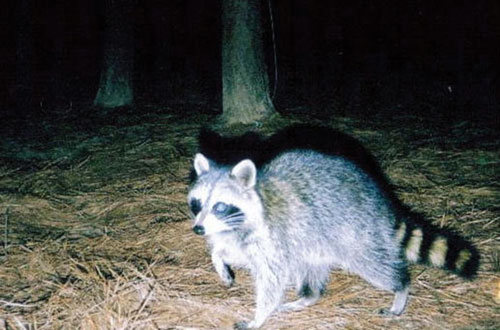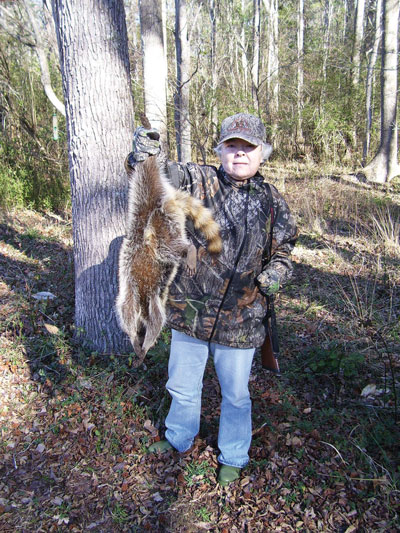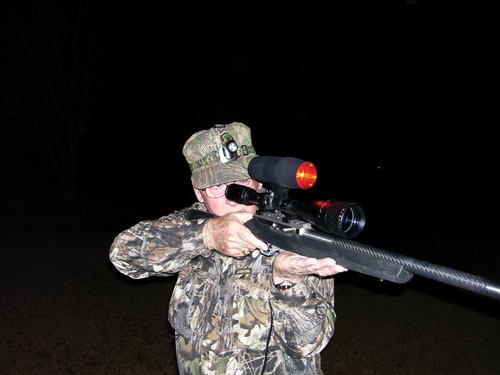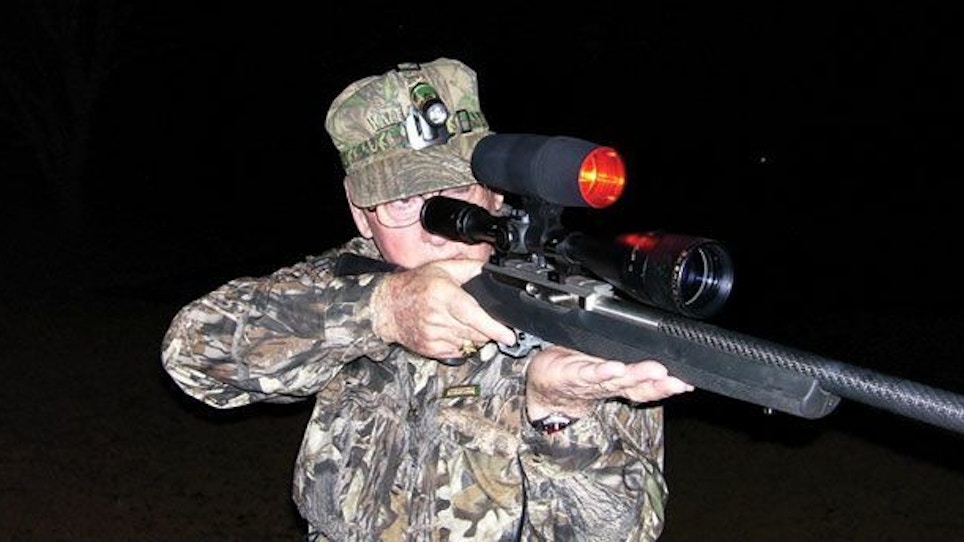 Ask Eastern hunters to name the predators and they will say coyotes, foxes and bobcats. Most don’t consider the raccoon a predator. Many consider this ring-tailed masked bandit a loveable and mischievous critter that occasionally makes a nuisance of itself by getting into a chicken house.
Ask Eastern hunters to name the predators and they will say coyotes, foxes and bobcats. Most don’t consider the raccoon a predator. Many consider this ring-tailed masked bandit a loveable and mischievous critter that occasionally makes a nuisance of itself by getting into a chicken house.
I disagree. Consider the food chain: The coyote eats the bobcat (and soon wonders if it was worth the bloodletting) and the bobcat eats the fox. I have to squeeze the raccoon in between the cat and the fox. Any time there is a vicious encounter between a 12-pound fox and a 30-pound boar coon, the fox not only gets the worst of the deal but also often becomes coon calories. Personally, I’d like to see that same 30-pound coon square off with an 18-pound bobcat, and I wouldn’t bet any serious money on the outcome.
Having been born into poverty on the poor side of Tobacco Road, I was the son of a sharecropper. The only difference between the field workers and me was the fact that my father didn’t pay me. I didn’t get much leisure time and when I did, I had to participate in activities that didn’t cost money. One of those was coon hunting. I had a friend with hounds and we spent many a night chasing old ringtail. I have seen a 20-pound coon get gut-shot with a .22, fall 40 feet out of a tree and then soundly whip two big hounds.
After spending 10 hours looking at the rear end of a mule, the only thing that could roust my father from bed was a coon in the hen house. Ringtail was after the chickens and the eggs, staple items for our survival. Although it has a love for corn, fruits and vegetables, the coon is also a meat eater. This critter is quick, cunning, strong and vicious. It is indeed a predator.
 Equipment And Technique
Equipment And Technique
Raccoons are mainly nocturnal. I hear other callers talk about calling coons in daylight. I can only recall luring in three in daylight, and these came in during early morning or late evening.
I employ the same equipment I use when night calling for bobcats and fox. Wear camouflage. The raccoon has excellent night vision. Having to look into the headlight hampers its vision somewhat, but any clothing that is light-colored or looks out of place will be detected.
The best method for detecting incoming night critters is a headlight with a red lens. Raccoons don’t tolerate a lot of light so use a low-intensity headlight. When the coon is in gun range, I use a rechargeable Maglite, which gives more than adequate shooting light to 75 yards.
Some hunters will turn off all lights for a few minutes while calling coons and then turn on the headlight, looking for eyes. I never turn off my headlight. Unlike other predators, there is always the chance of that rare incident when a suicidal coon will run in and climb all over you. Because of this definite possibility, I make my 360-degree swing of the headlight a little faster than when calling cats and foxes. Make that sweep too slow and an aggressive boar might run in and get too close and personal.
It is always a good idea to occasionally sweep the light through the nearby trees. Often a coon that might not want to come to the call on the ground will climb up a tree to get a better view of what is going on. More than once I have killed a coon on the ground and then walked to a tree that held glowing eyes and harvested another.
E-Caller Or Manual?
Check state regulations. Some states prohibit the use of e-callers on game animals that have a season. My effective sounds for calling coons are categorized into four parts: food, maternal instinct, curiosity and aggression.
Food includes any prey distress sound. I find bird sounds are far more effective than rabbit squalling. Sure, a coon will kill and eat a rabbit if it gets a chance, but a distressed bird interests it more. The distress sounds of woodpeckers are great for all predators. For coons, a higher pitched sound is even more productive than woodpeckers.
Distress cries of young raccoons will turn on the maternal instinct and often bring on mama in a hurry, unless she has been fooled a couple of times before. Unlike the bobcat that seems unable to breech the mental gap between the real thing and a caller blowing a tune, the raccoon with its keen intelligence can become call-shy.
Occasionally a raccoon will come to a sound that shouldn’t work, but does. I had one coon come running to the sound of a bobcat in heat. I had another approach the sound of a barred owl I was using as ambiance to try to fool a super-smart fox. Still another, one of the few that approached in daylight, came to crow calling. I classify these as curiosities.
The most effective coon call I have ever used is a simulated coon fight. Sows and young will come to a fight, although cautiously. The most exciting result is when a large boar comes to the fight. He will usually approach with his back humped up, hair on end and often growling. I love to watch his sidestepping gait that reminds me of a sidewinder rattlesnake.
The e-callers do a great job with these sounds. For the manual call purist, or for those living where state laws prohibit e-callers, an open-reed mouth call will reproduce such sounds. It takes practice. A tape of actual coon sounds is invaluable.
Shotgun Or Rifle?
I like shotguns for night calling because I love to call critters really close (though not into my lap). My favorite is a 12-gauge with a red-dot sight. For the shooter who like to reach out there, the .223 or the .22 Hornet are ideal. In my home state of Georgia, raccoons, foxes and bobcats fall under the small-game designation. Our firearms are limited to shotguns with shot no larger than No. 2 or rimfire rifles of .22 or smaller.
I hunt on the ground, with the caller standing up and either one or two shooters sitting on folding stools. The best scenario for night calling is with one or two safe and trustworthy buddies.
There are times when I hunt coons at night alone. Admittedly, it’s probably not the safest practice, but I travel on a tricked-out golf cart and stay on the woods roads so that I won’t step into any potholes. I carry a cell phone and my wife knows exactly the route I will take and when I’ll return.
 Light ‘Em Up
Light ‘Em Up
For a lone hunter to do this, a special light is needed by a lone hunter. I still use the low-intensity headlight for locating coon, but I use a scope-mounted light for shooting. My scope light has a red lens, runs on a lightweight six-volt battery and has a pressure switch fastened to the rifle stock with hook-and-loop fastener. It has an effective range of 100 yards. I turn off the headlight before attempting to shoot because the headlight can cause glare in the eyepiece of the scope.
It is good practice to carry a pair of latex gloves when handling dead coons. These critters carry several diseases. In Georgia, coons are the primary carriers of rabies. I don’t think a rabid coon will answer a call, but better safe than sorry.






